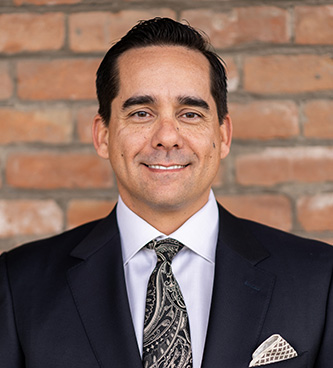The controversy over the new 1971 model of the Ford Pinto, quickly became one of the most popularized ethical debates of personal injury cases. This new automobile model was intended to be more cost efficient; what’s more appealing than a car that costs less than $2,000? However, in order to make these cost efficient changes, Ford compressed their standard production timeframe from three and a half years to just two years, compromising the review of crucial vehicular details. This rush to produce resulted in model related deaths of hundreds of Ford customers, which could have been prevented, had the company paid greater attention to safety details.
In efforts to reduce numbers of fires caused by traffic collisions, the National Highway Traffic Safety Administration (NHTSA) implemented a regulation for new cars to be able to withstand rear-end impacts of 20mph in 1972. Due to the haphazard placement of the gas tank at the rear of the vehicle, the Pinto failed this low speed crash test, but Ford decidedly continued with production. Ford performed a risk/benefit analysis, showing that modifications to increase the vehicle’s safety would have cost the company only $10 per vehicle. Ford then decided to calculate the cost of lives based on societal components (i.e. legal expenses, victim’s pain and suffering, lost consumption, funeral costs, and property damages), estimating each lost life at $200,725. For Ford, the money, not its customers, mattered. In refusing to make the necessary safety changes during production, Ford knowingly chose to risk certain death of hundreds of their loyal customers.
Between the years of 1971 and 1978, the Ford Pinto is projected to have caused nearly five hundred deaths, warranting fifty lawsuits against the company. The most popularized case was that of Richard Grimshaw in 1972. Riding in a Ford Pinto with driver Lily Gray, thirteen year old Grimshaw was the sole survivor when the vehicle was in a rear-end crash, and burst into flames. Lily Gray was horrifically burned to death, while young Grimshaw was left with extensive burns and permanent disfigurement. Grimshaw sustained debilitating burns, lost his nose, his left ear, and much of his left hand in the crash. Although Ford continued to deny that the Pinto was an unsafe vehicle, Grimshaw was able to prove the company’s prior knowledge of the defects of the model and their complete failure to implement necessary and feasible safety changes. This lawsuit not only granted Grimshaw a rightfully deserved $2.5 million for compensatory damages, but also the jury awarded Ford to pay $125 million in punitive damages.
During the production of the Pinto, Ford made a clear decision to pay punitive damages for wrongful deaths rather than spending the money to initially make safety changes. This decision did not just cost Ford millions of dollars, but hundreds of lives. News of Ford’s failure to comply with NHTSA’s safety regulations traveled quickly, earning Ford the reputation of being an unethical “deep pocket” company, lacking care for their customers’ safety.
At Torgenson Law, we advocate for the justice of those who have been victims of the wrongful acts of others. We care about the safety and overall well-being of our clients. If you feel a separate party has wronged you, call us at (602) 726-0747, to find out how we can support you in receiving the compensation you deserve.

John Torgenson is a highly experienced personal injury lawyer with over 20 years of practice in Arizona. He earned his Bachelor’s degree from the University of Utah and his Juris Doctor from Notre Dame. John has a proven track record of securing substantial verdicts and settlements, including an $8.25 million recovery for a gunshot injury victim. His expertise has earned him AVVO ratings and recognition as a Super Lawyer.
John is also a sought-after lecturer on personal injury law, sharing his extensive knowledge with peers and aspiring attorneys. Beyond his legal practice, John is an avid golfer and actively supports organizations like the Military Assistance Mission, Arizona School for the Arts, Page Balloon Regatta, University of Arizona Foundation, Junior Achievement of Arizona, and the Tim Huff Pro Bono Golf Classic.
Passionate about advocating for injury victims, John dedicates his career to battling insurance companies and corporate interests, ensuring that the rights of those who are hurt are vigorously defended.
